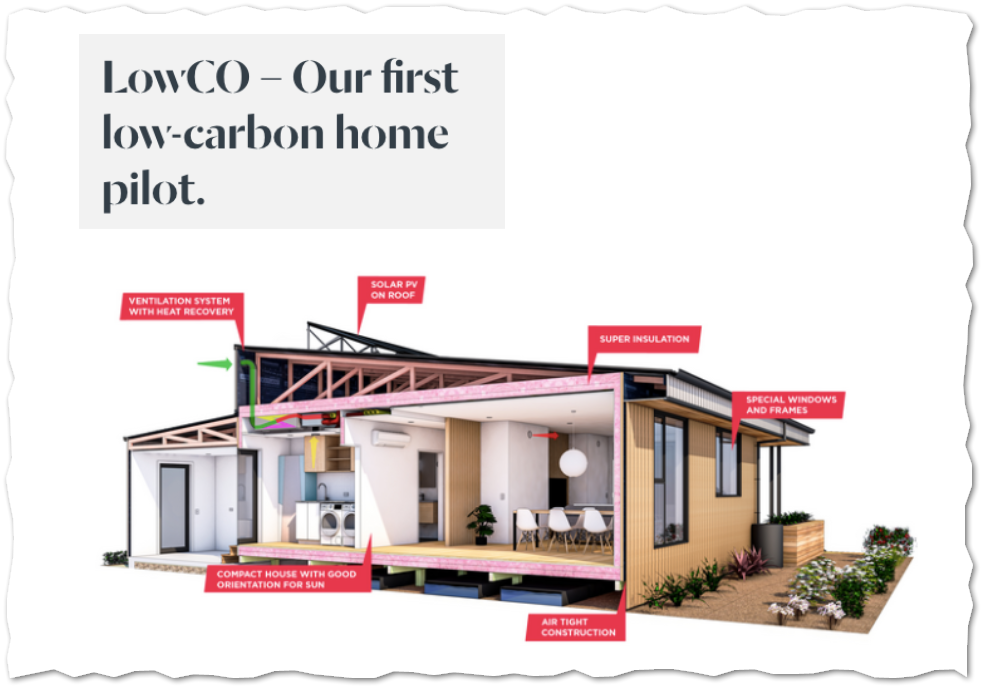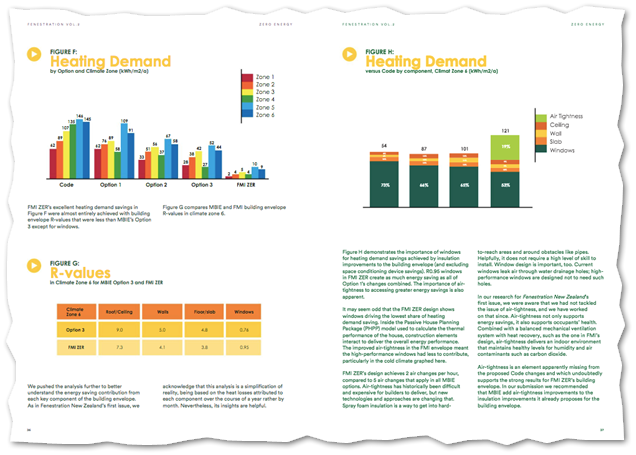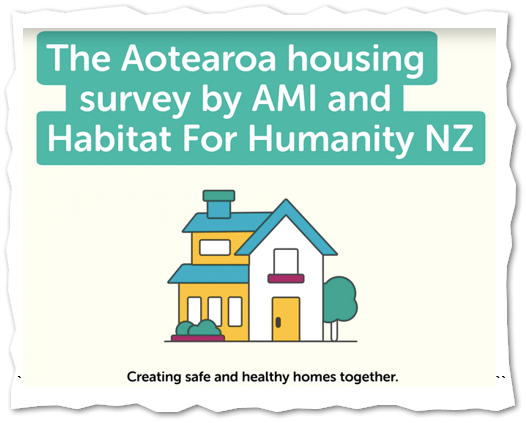The results of a survey on the state of New Zealand housing are getting plenty of media coverage at the moment, given the grim findings about the scale of the problem (see a summary below). The results suggest several hundred thousand New Zealand homes are cold, damp and expensive to heat. Huddling in a single heated room is routine in …
Bundle heating costs with rent?
Fuel poverty is no joke. Society is only as strong as its most vulnerable members. If the cost of keeping everyone’s house warm—not an allowance measured in dollars but by thermal comfort—was borne collectively it would quickly become apparent that it is cheaper to rebuild or carry out retrofits for deep energy efficiency. The health benefits would be dramatic for …
Fletcher Living gets serious about low carbon homes

Great to see Fletcher Living’s announcement about its Low Carbon initiative. The Sustainable Engineering team has really enjoyed working with Fletcher Living’s people on their vision for low carbon homes that meet the 1.5 degree Celsius carbon budget. Exploring the operational energy and the embodied carbon impacts of many practical, more affordable housing options has been super enjoyable. Fletcher Living …
Historical insulation levels in NZ

Against the backdrop of all the recent noise about increasing Building Code minimum R-values, let’s look back at how the minimum standard (or typical values) have changed over time. This is a question I am asked regularly. The methodology varies a bit over time, but this excellent article authored by Nigel Isaacs while he was at BRANZ is the best …
Optimal indoor CO2 levels: is 1000ppm too high?

We need to talk about ventilation. Urgently. Specifically, policy-makers and industry need to arrive at an agreed definition of sufficiently ventilated when it comes to the indoor spaces where New Zealanders live, work, learn, play and train. CO2 levels are a useful measure of indoor air quality. ASHRAE’s* journal just published a summary article by Stumm et al, which takes …
Live counter of NZ’s Passive House projects

We’re very frequently asked, ‘How many Passive Houses are there in New Zealand?’ Well, as of 1625 hours, 11 July 2022, there are: That number is changing rather quickly now and it’s hard even for us to keep up. So, predictably, we designed a little techie fix: now there’s a live counter you can refer to 24/7. It breaks down …
Sweden is on track

Did you know there is a country that has adopted Passive House performance levels in timber framed buildings, sorted the MVHR issues and has quite innovative framing practices we should examine? Check out Swedish platform framing: there is lots for us all to learn. US architect Gregory La Vardera has this to say (emphasis mine): “Balloon Framing revolutionized house building …
Local design and manufacture focused on zero energy building

FMI is a family-owned designer and manufacturer of building components including joinery, glass, facades and cladding, marketed under brands like Eurowood, Nextra, Vetro Raccordi and Fairview. The Sustainable Engineering team has been consulting on FMI’s Zero Energy House project. It is a different approach to solving New Zealand’s problems with both housing quantity and quality. Instead of bespoke houses built …
Better health is first result of H1 improvements

I appreciate the work Germán Molina is doing to get his PhD findings out into the world. I’ve linked to work he’s publishing on his blog, Buildings for People, before. A recent post argues the case for handing responsibility for the Building Code to the Ministry of Health. A novel idea. I’m not convinced but I agree with his evidence. …
